38. Montana
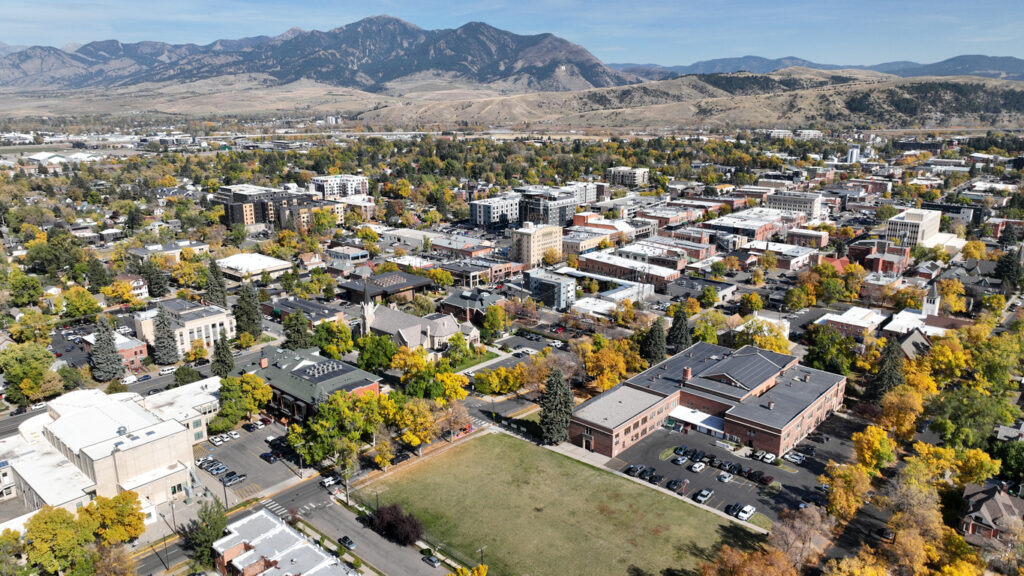
Montana is the place where nature’s vast beauty meets a quiet but noticeable rise in living costs. Housing, especially in the growing cities of Bozeman and Missoula, is becoming a strain on the budget, pushing it toward the national average. However, the state’s simplicity and lower taxes on certain items help to keep the overall index just under the mid-point. Residents tolerate the higher housing costs for the unmatched quality of life, the low population density, and the year-round outdoor access. In Montana, the true value lies in the open space, not the savings account, but it remains accessible for those willing to look beyond housing alone.
37. New Hampshire
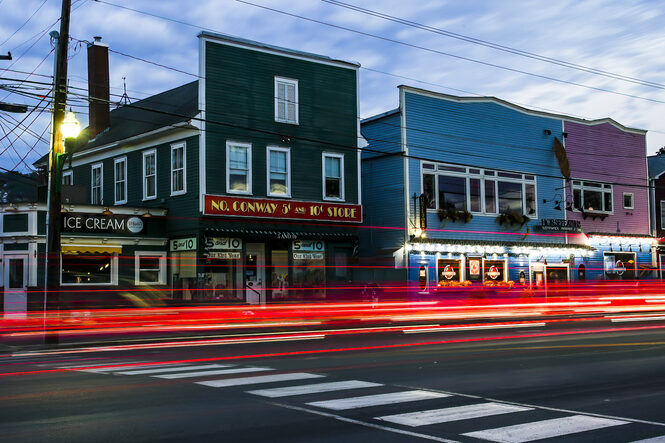
New Hampshire is a unique case: a highly desirable state with no state sales tax and no state income tax, which dramatically increases disposable income. Yet, its position on this list shows that the high cost of housing and utilities prevents it from being truly “cheap.” Life here is a trade-off: you keep more of your paycheck, but you spend more to keep a roof over your head. Its proximity to major Northeast job centers and its beautiful nature make it an affordable option for those looking to maximize their salary’s purchasing power, despite the high up-front expenses.
36. Arizona
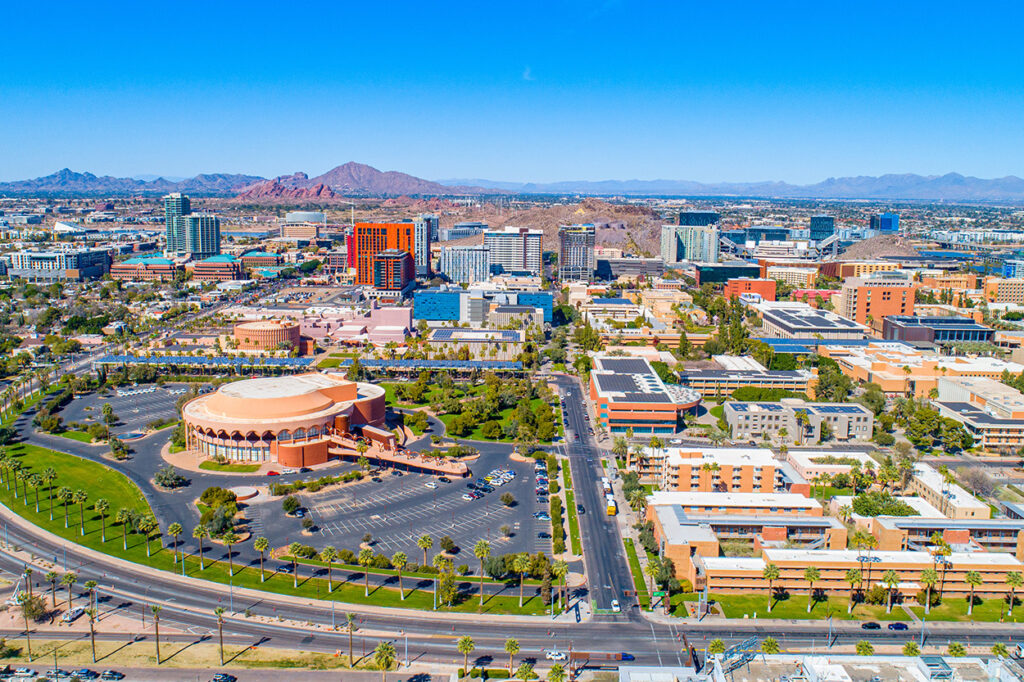
Arizona’s affordability is being challenged by its rapid growth. Phoenix and Tucson are major hubs with job opportunities, but housing and utility costs (especially for summer cooling) have begun to climb. What keeps it in the ‘affordable’ half of the country is its comparatively low property tax rates and reasonable transportation costs. It offers an attractive blend of sunny weather and urban convenience, but the era of genuinely low-cost desert living is fading. For families moving from the West Coast, however, it remains a far more budget-friendly alternative.
35. Colorado

Colorado has become a victim of its own success. The stunning scenery and thriving job market, particularly around Denver and Boulder, have driven housing prices and rents significantly above the national average. Despite this, the state’s cost of living index remains lower than many coastal states due to manageable utility and transportation costs. Life here is expensive, but for residents, the value is in the access to mountains, a healthy lifestyle, and a strong economy. The affordability is found not in low prices, but in the higher median incomes the state offers.
34. Idaho
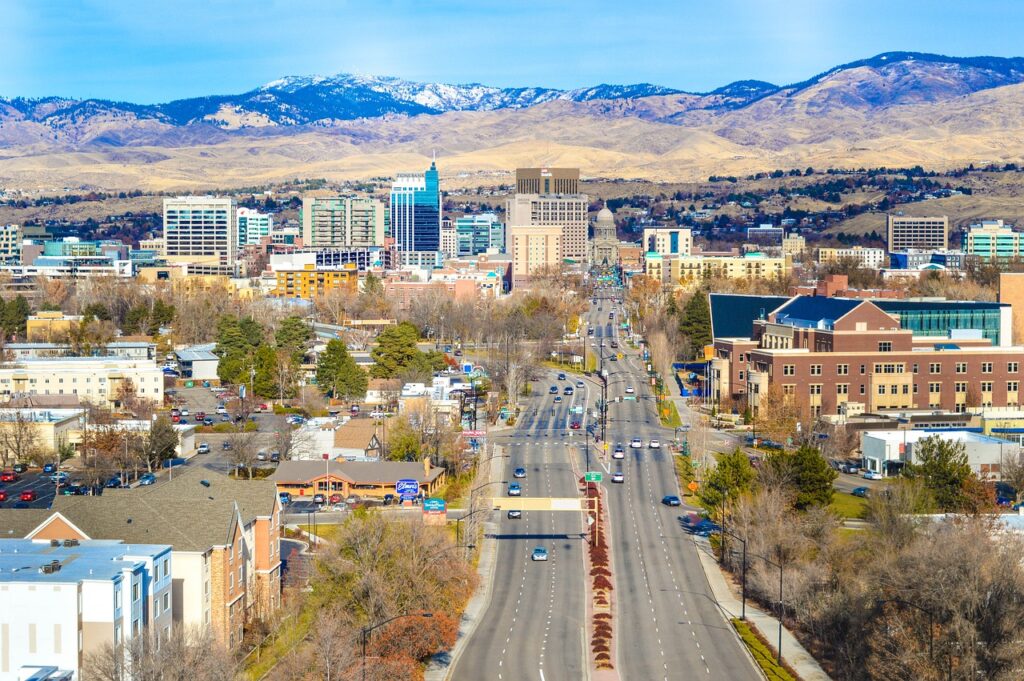
Idaho presents a similar story to its Mountain West neighbors: a state recently discovered for its quality of life, pushing its prices up quickly. Boise’s rapid expansion has made housing challenging for new arrivals. However, groceries and utilities remain below the national average, providing some relief. For those who choose to live in the more rural areas outside the capital, the traditional low-cost, close-to-nature lifestyle is still available. Idaho is a state where finding affordability depends heavily on avoiding the trendy urban centers.
33. Utah

Utah offers a balance between a high quality of life and costs that are creeping up. Housing in the major metro areas like Salt Lake City and Provo is the primary driver of its mid-list ranking. Yet, residents benefit from a strong economy and moderate utility costs. The state’s focus on family and community, combined with incredible access to skiing and national parks, makes the slightly higher expenses feel worthwhile. Utah is best described as an affordable option for its region, but not necessarily a cheap option overall.
32. Delaware

Delaware is a small, unique state that offers low property taxes and no state sales tax, which is a significant bonus for consumers. However, its small size and desirable coastal locations lead to higher-than-expected housing costs. The state’s proximity to major East Coast cities like Philadelphia and Baltimore makes it an attractive, slightly more affordable commuter choice. Its cost profile is elevated by its expensive neighboring states, making it a budget-friendly oasis within a high-cost region.
31. Virginia

Virginia’s cost of living is heavily weighted by the expensive Northern Virginia (NoVA) area near Washington D.C. Outside of this high-cost corridor, the rest of the state offers much more reasonable prices. Housing, especially in the southern and western parts of the state, is surprisingly affordable, and groceries are generally close to the national average. Virginia’s ranking is a reflection of its diversity, it’s very cheap in some parts and very expensive in others, averaging out to just below the national baseline.
30. Florida
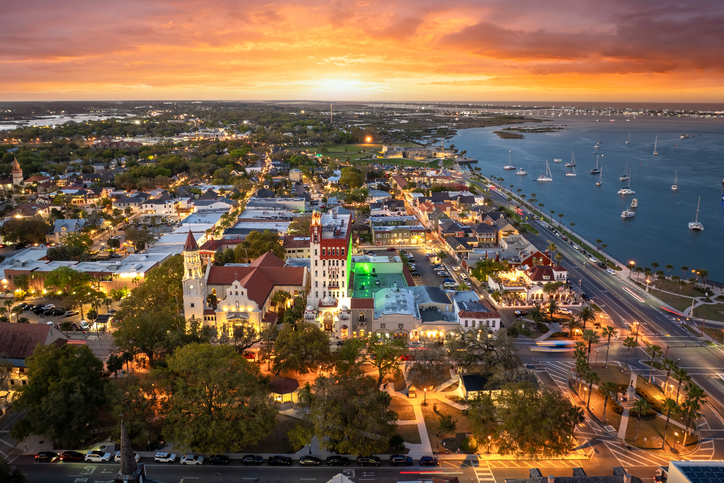
Florida benefits from no state income tax, making it immediately attractive to retirees and working professionals. However, its affordability is tempered by soaring housing costs, particularly along the coasts, and high insurance rates. Groceries and transportation remain manageable, but the competition for real estate pushes the overall cost index higher. The state offers a lifestyle rich in sunshine and beaches, but enjoying it now requires a more robust budget than in previous years.
29. Nevada

Nevada’s cost profile is defined by its major city: Las Vegas. While housing has risen significantly, the absence of a state income tax provides a substantial counterbalance for residents. Utilities and healthcare run near the national average. The state’s low tax burden for consumers and competitive pricing for food and services keep it just below the middle of the pack, appealing to those who can earn a good wage and want to maximize their take-home pay.
28. Pennsylvania
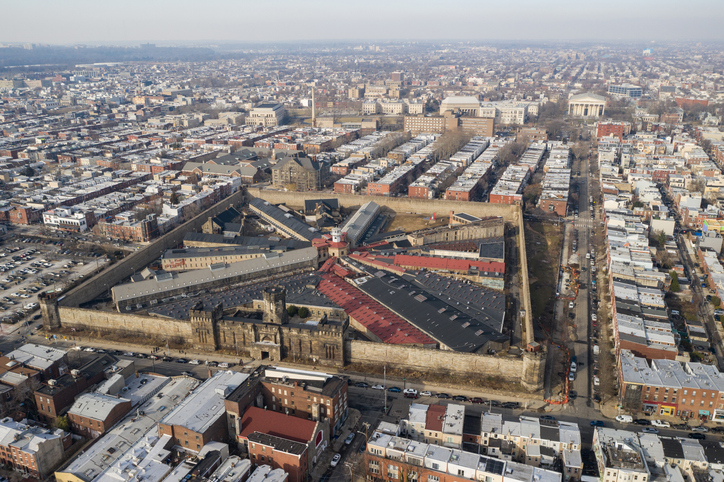
Pennsylvania offers pockets of remarkable affordability, especially in its central and western regions. Housing is significantly cheaper outside of the Philadelphia and Pittsburgh metro areas. While its state and local taxes can feel burdensome, the lower price of goods and utilities helps keep the cost index manageable. The state’s rich history and access to four seasons come at a very reasonable price, making it a stable and dependable place for middle-class families.
27. North Dakota

North Dakota benefits from a strong natural resource economy, resulting in a low unemployment rate and relatively high median incomes. Housing costs remain low and stable, and groceries are consistently affordable. The higher heating costs during the long winter months slightly push up the utility index, but overall, it remains a fantastic choice for those who value saving money and a high quality of life. North Dakota’s affordability is a quiet secret hidden in the Great Plains.
26. South Carolina
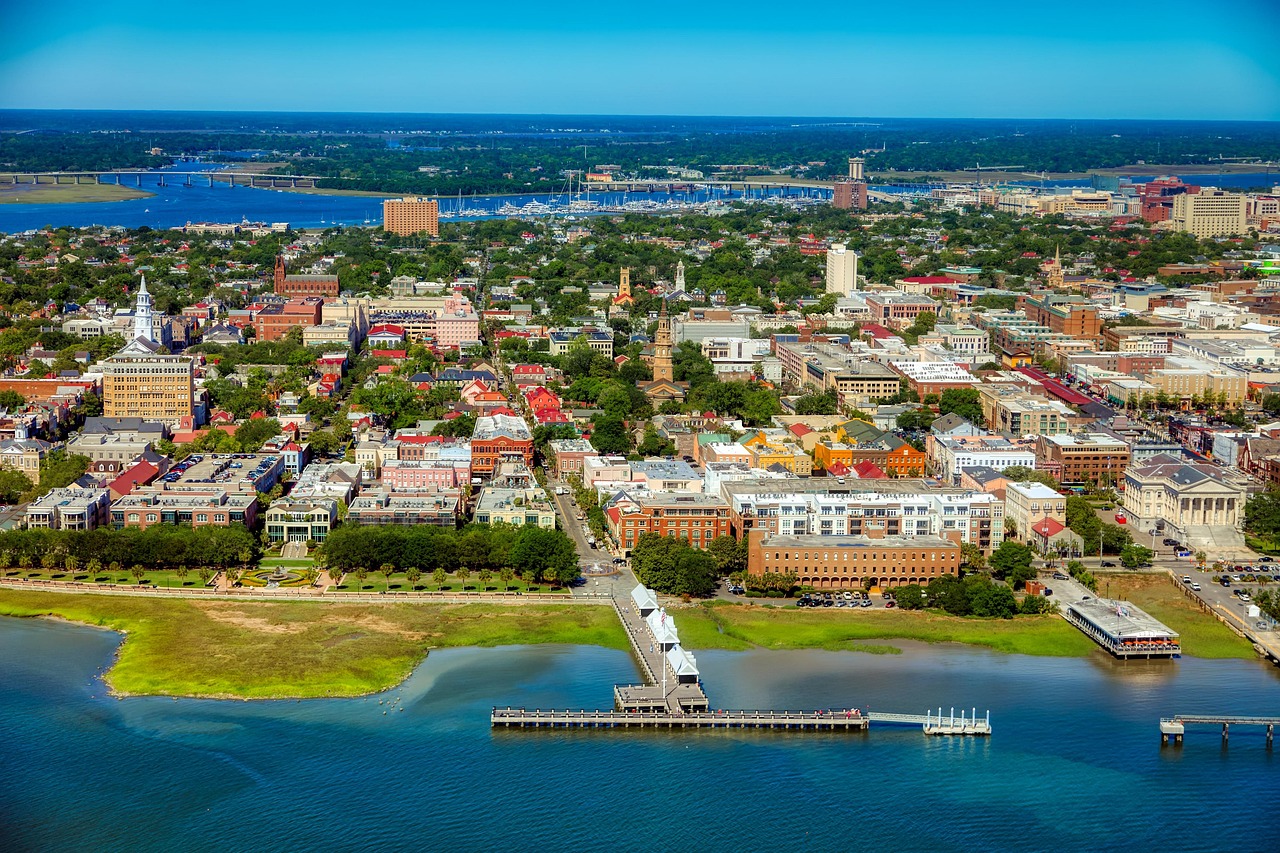
South Carolina blends the low-cost characteristics of the South with the desirability of a growing coastal state. Cities like Charleston and Greenville are seeing prices rise, but housing remains exceptionally affordable in the rural and interior areas. Groceries are competitive, and the low property taxes are a huge win for homeowners. Its charm and mild climate attract retirees, who find that their fixed incomes stretch quite far when paired with the state’s budget-friendly tax structure.
25. Wyoming

Wyoming is another state with no state income tax, providing a major financial benefit. Its low population means a slower pace of life, and housing costs are moderate outside of tourist hubs like Jackson Hole. Utility costs are kept in check due to its natural energy resources. While the cost of miscellaneous goods and services can be slightly higher due to its remote nature, the overall affordability makes it a great choice for those who want financial freedom paired with wide-open spaces.
24. Texas
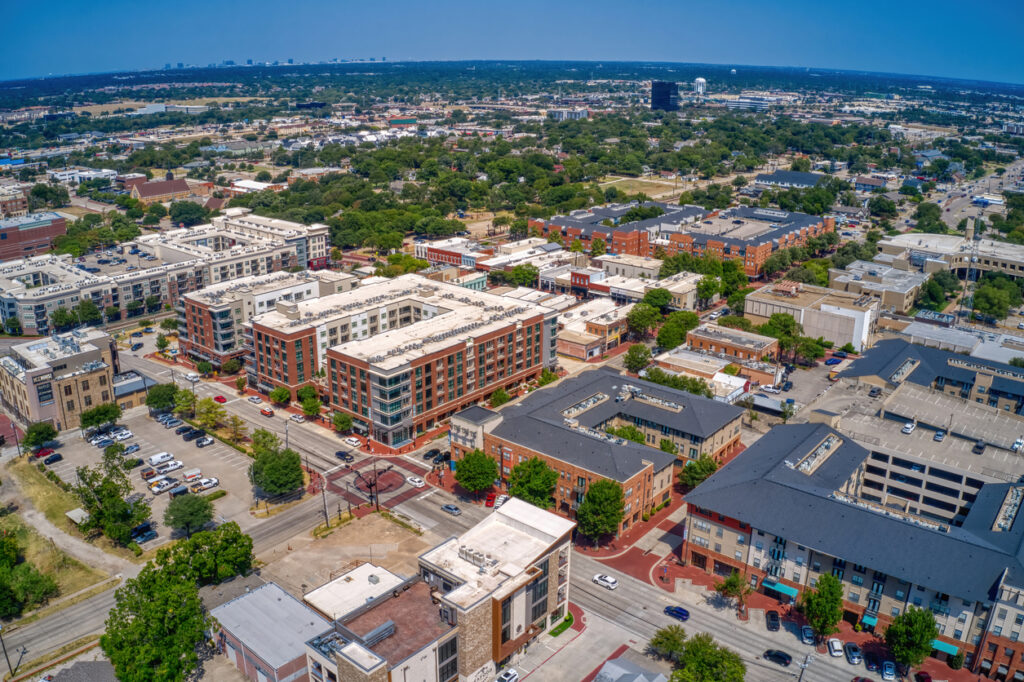
Texas is a massive state where affordability varies wildly. The large cities are getting expensive, but the sheer size of the state means there is still plenty of cheap land and affordable living in smaller towns. The lack of a state income tax is a huge financial advantage for all residents. While property taxes can be high, the overall cost of groceries and transportation is generally modest, allowing Texas to remain comfortably on the affordable half of the nation’s list.
23. New Mexico
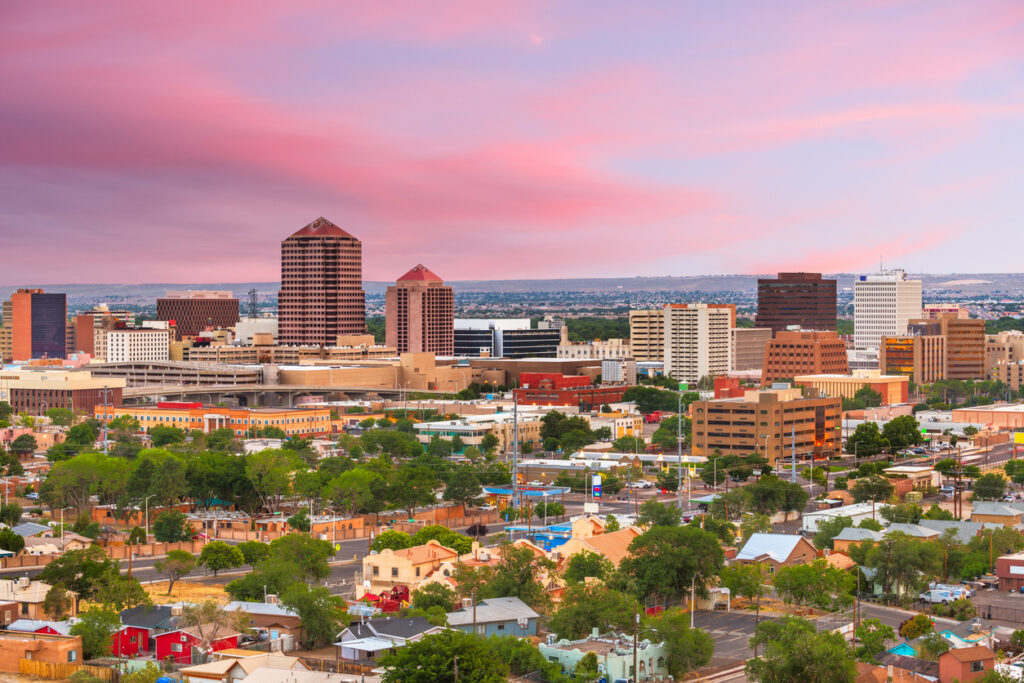
New Mexico earns its spot with low housing costs and generally modest utility bills. The state’s housing index is well below the national average, making homeownership attainable. While job opportunities in some areas can be limited, the cost of living remains low enough to balance the budget. It offers a rich cultural experience and stunning natural beauty at a price point that makes it one of the more affordable options in the Southwest.
22. Wisconsin
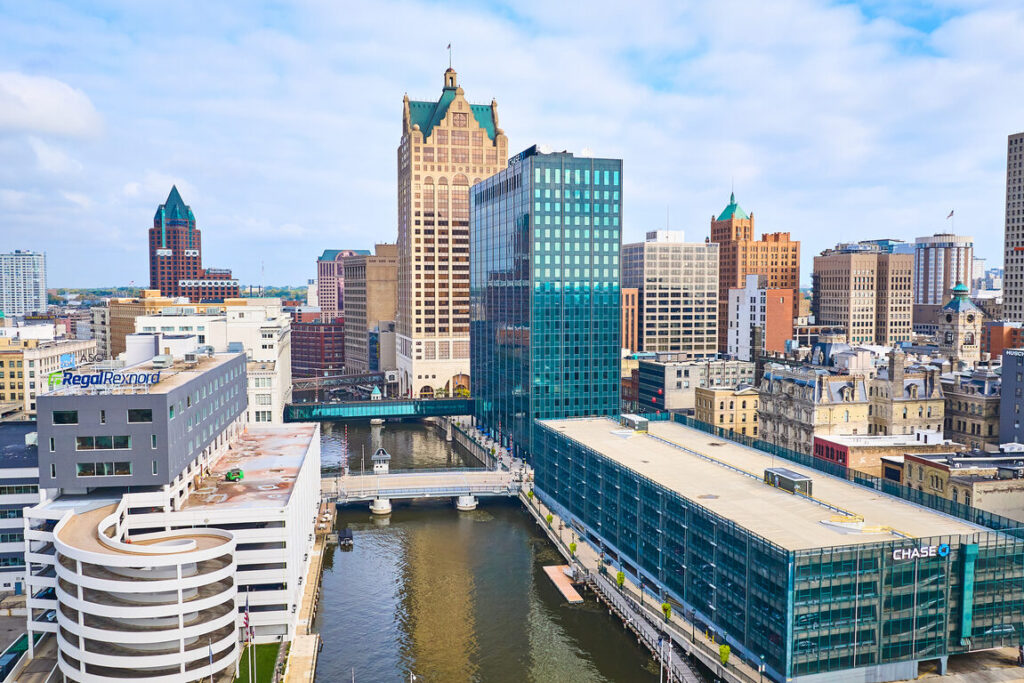
Wisconsin is a steady, dependable state where affordability comes from consistency. Its major metro areas keep costs relatively low, particularly in housing, which is well below the national average. While taxes are higher than some other states on this list, the price of groceries, transportation, and healthcare is very competitive. Wisconsin offers a solid, middle-class quality of life without the high financial pressures of the coasts.
21. Minnesota
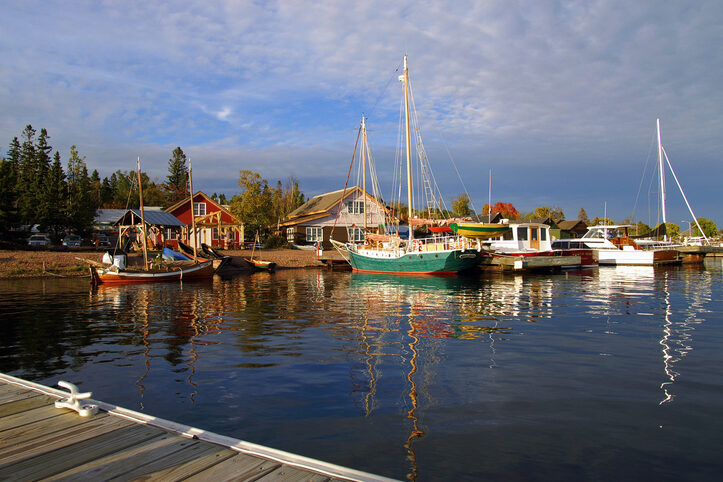
Minnesota is an affordable standout in the northern Midwest, managing to combine a high quality of life and a strong job market with moderate living expenses. Its cities, Minneapolis and St. Paul, are surprisingly affordable compared to other major metro areas in the country. While it has higher-than-average tax rates, housing and utility costs remain competitive, making it a state where your income can buy both comfort and opportunity.
20. South Dakota

South Dakota quietly starts our list with a calm mix of affordability and open space. Life here flows slower, and smaller towns bring simple joys without heavy expenses. Housing is low, utilities manageable, and daily costs keep families comfortable. While rural healthcare can stretch the budget a little, groceries and essentials remain friendly on the wallet. The beauty lies in its simplicity. From the wide skies to welcoming communities, South Dakota proves that peace of mind often costs less than expected. It’s the kind of place where money stretches further, and life feels just a little more peaceful.
19. Kentucky

Kentucky blends Southern warmth with practical savings. The state’s affordable housing and modest utility bills make it a strong pick for anyone wanting small-town comfort within reach of city convenience. Highways link rural calm to thriving hubs, letting residents enjoy the best of both worlds without paying big-city prices. Groceries, healthcare, and transportation costs stay reasonable, allowing budgets to breathe. From Louisville’s buzz to the quiet corners of Bowling Green, life here is steady and kind to the wallet. Kentucky’s charm comes from how easily it makes living well feel achievable, one affordable day at a time.
18. Indiana

Indiana sits at number 18 with a simple promise: good living at a fair price. Housing runs about 20 percent cheaper than the national average, and that alone makes a difference. Outside Indianapolis, towns like Fort Wayne and Evansville offer comfortable lifestyles that don’t drain your income. The Hoosier State feels grounded, practical, and welcoming, with groceries and utilities staying within reach. It’s not flashy, but it’s dependable, which makes it easy to put down roots. Indiana shows that peace of mind isn’t about how much you spend, but how wisely you choose where to stay.
17. Michigan
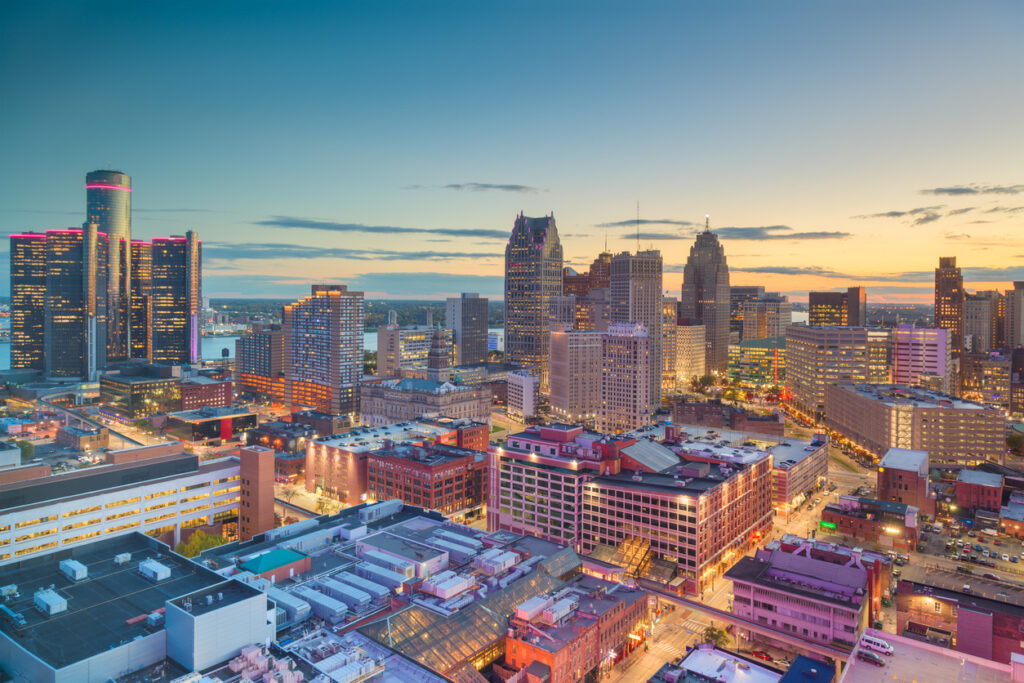
Michigan earns its spot with low housing costs across many cities, even as Detroit continues to rebuild. In places like Lansing and Flint, homeownership feels possible, and the mix of affordable living and access to natural beauty makes the state appealing. While winters may be long, costs for groceries and utilities remain steady, helping families balance their budgets. You can live near a Great Lake without the great expense. Michigan proves that affordability and comfort can share the same zip code, especially for those who love community living paired with nature’s calm touch.
16. Ohio
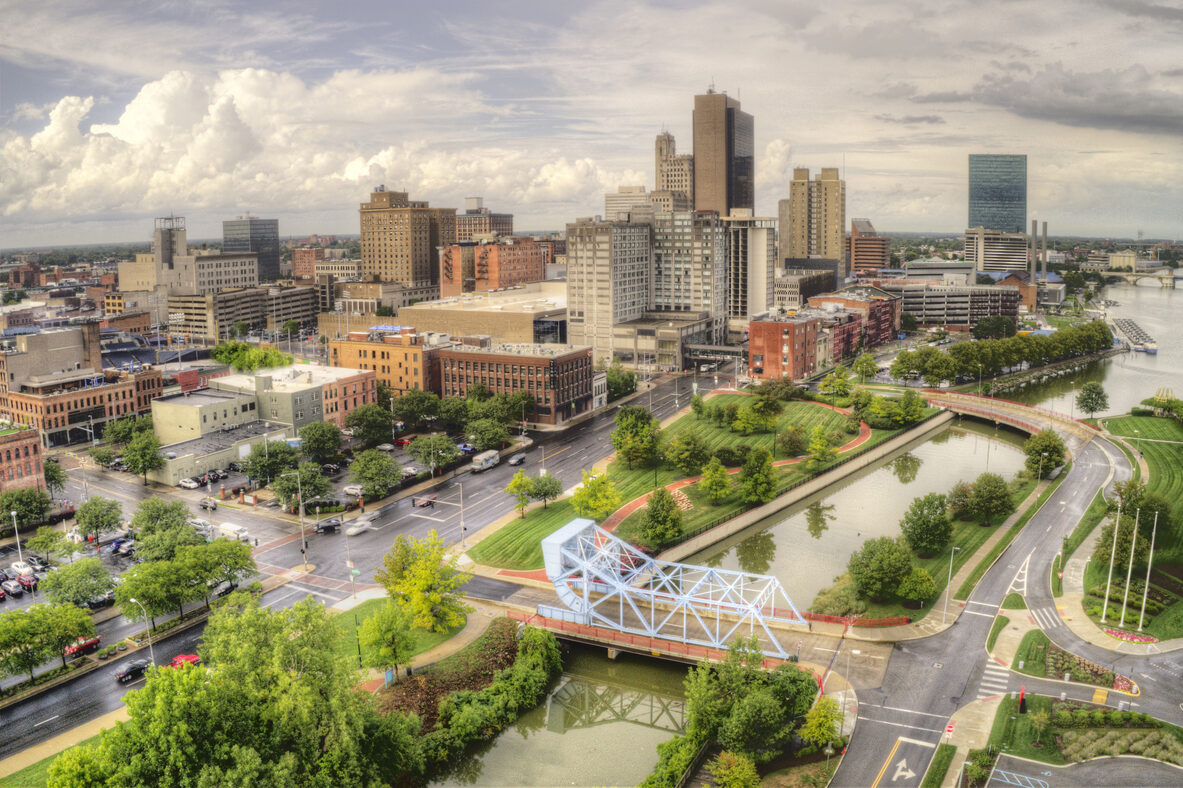
Ohio sits confidently in the middle of our list, offering affordable housing and practical expenses in almost every corner. Cities like Toledo and Dayton keep rent low, groceries are close to average, and healthcare doesn’t push too hard on your paycheck. It’s a state that understands balance, letting you enjoy urban access without urban prices. From Cleveland’s energy to smaller quiet towns, Ohio carries a down-to-earth charm that feels familiar. It’s not the flashiest place, but that’s part of its appeal. For many, Ohio is where living well simply costs less, and that’s reason enough to stay.
15. Georgia
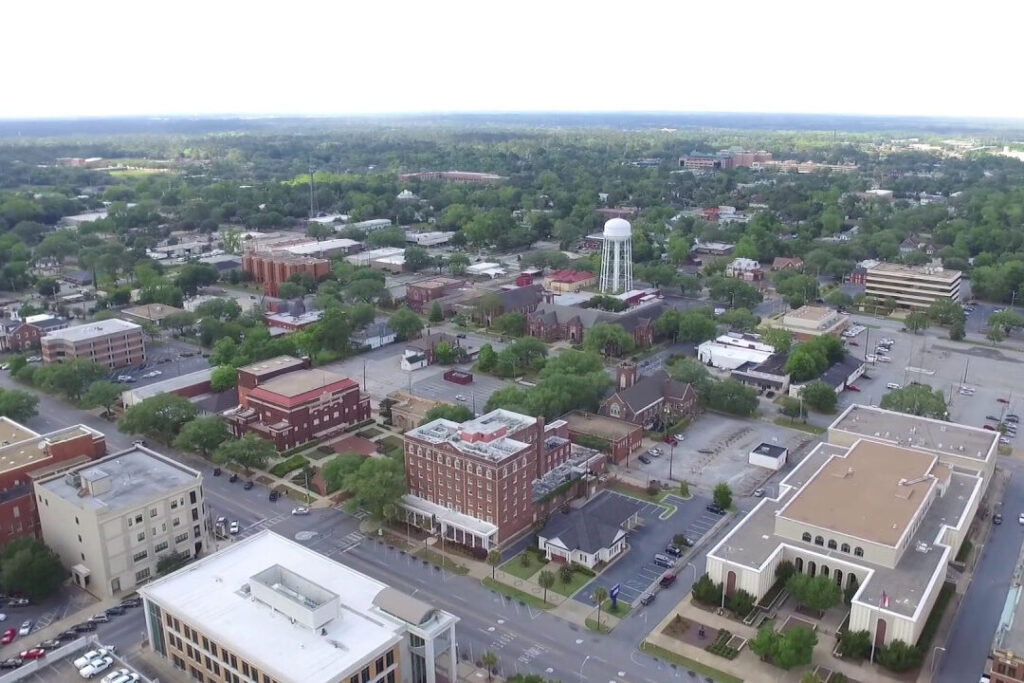
Georgia’s mix of Southern comfort and affordability keeps it among the most livable states. While Atlanta buzzes with energy, smaller cities like Macon, Augusta, and Albany remind everyone that good living doesn’t have to mean high spending. Housing costs stay reasonable, utilities fair, and groceries a bit below the national average. Beyond numbers, it’s Georgia’s sense of warmth and space that makes it feel like home. The pace here can slow down when you need it to, yet opportunity remains close. Georgia balances charm and savings effortlessly, earning its place on this 2025 affordability list.
14. North Carolina

North Carolina shines with its ability to offer both affordable and diverse lifestyles. The big cities may be growing pricier, but plenty of rural and coastal towns remain cost-friendly and welcoming. Housing and groceries stay manageable, and there’s something special about finding value with a view of the mountains or the sea. Life here feels both grounded and free, reminding residents that simplicity doesn’t mean limitation. Whether you settle in a small inland town or near the Outer Banks, North Carolina continues to prove that affordable living can still come with a bit of magic.
13. Louisiana

Louisiana brings a colorful mix of low groceries, modest housing, and community warmth that keeps costs in check. Outside New Orleans, everyday living feels light on the wallet but rich in experience. Families find value in small towns where bills are lower and life moves at an easier rhythm. Insurance may vary, but most essentials remain reasonable, creating balance for households watching their budgets. The state’s culture adds its own reward, giving affordability a flavor you won’t find anywhere else. In Louisiana, living well doesn’t have to cost much, and every day can still feel full.
12. Wisconsin
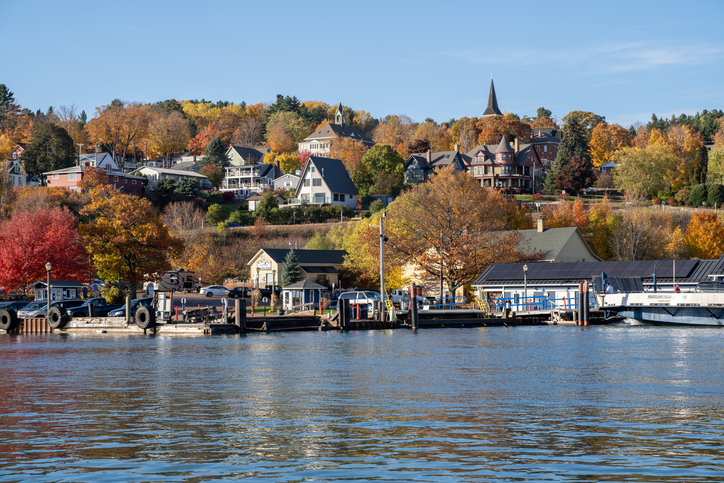
Wisconsin makes its way onto the list with dependable affordability and quiet comfort. Outside Milwaukee, smaller cities like Green Bay and Eau Claire keep housing and groceries affordable. Utilities run below national averages, freeing up space in monthly budgets. Winters can test your heater, but the warmth of the community often offsets the chill. It’s a state that values steadiness over spectacle, and that consistency makes it attractive for families and retirees alike. Wisconsin shows that when expenses stay predictable, life feels a little easier, and saving for what matters becomes second nature.
11. Illinois

Illinois surprises many with its affordability once you look beyond Chicago. Rural and suburban areas offer housing far below the city’s prices, and everyday expenses remain competitive. With a 2025 cost index under the national baseline, Illinois gives residents a practical way to live comfortably without overspending. Towns across the state provide the peace of small-community living paired with access to urban convenience. The variety in lifestyle choices keeps it appealing to both young professionals and families. For those who look past the big skyline, Illinois quietly proves that value often hides in plain sight.
10. Tennessee
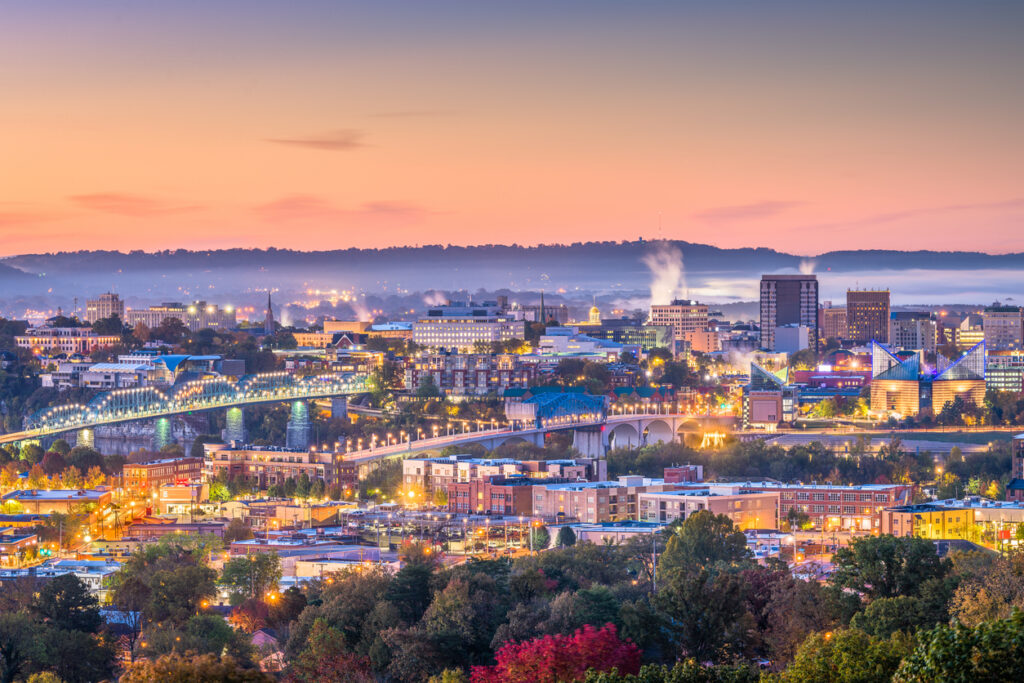
Tennessee stands strong with no state income tax and a naturally affordable lifestyle. While Nashville continues to attract attention, other cities like Memphis, Knoxville, and Chattanooga deliver much lower costs. Groceries, housing, and healthcare all fall below the national average, giving residents more control over their income. The state’s Southern energy blends well with its savings, making it popular for people seeking freedom and friendliness. From mountain views to music roots, Tennessee’s affordability makes it easy to enjoy life without stretching too far. It’s proof that value and vibrance can live side by side.
9. West Virginia

West Virginia keeps surprising everyone with how far your money can go. Housing costs sit over 40 percent below the national average, and utilities remain some of the cheapest in the country. It’s an outdoor lover’s dream wrapped in small-town simplicity. The slower pace gives people time to breathe, and the affordable living means less financial pressure. It’s a state that encourages living within your means without feeling limited. For families, retirees, and anyone seeking balance, West Virginia offers comfort, beauty, and value that all feel refreshingly real.
8. Arkansas

Arkansas shines as one of the most dependable choices for low-cost living. Housing prices are consistently modest, utilities affordable, and taxes reasonable. Many rural areas feature rents among the lowest nationwide, giving residents freedom to focus on living rather than just paying bills. Life here is calm, community-driven, and grounded. People take pride in the small pleasures that come without extra cost. Arkansas is a reminder that sometimes the most affordable places also have the richest sense of belonging. It’s simple living done right, which is exactly why it keeps ranking high.
7. Nebraska
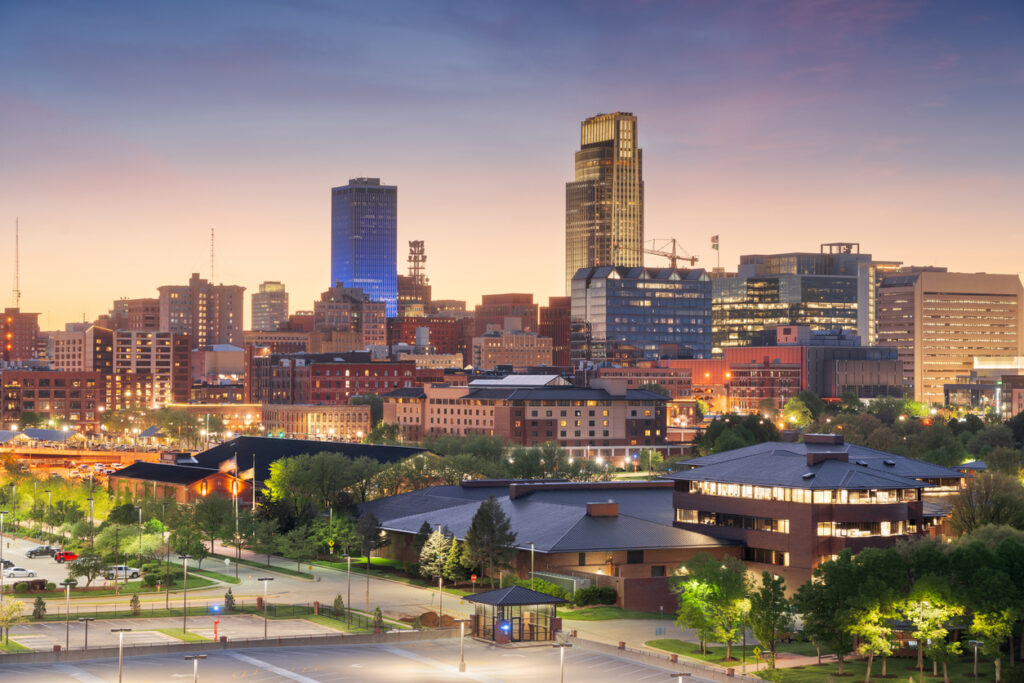
Nebraska earns its spot with affordable housing and steady living expenses across its major cities. Lincoln and Omaha offer urban comforts at costs lower than similar metros in other states. Families enjoy predictable bills and fair groceries, while renters appreciate stability in prices. The environment feels steady, the neighborhoods friendly, and the cost structure reliable. It’s the kind of place where paychecks go a little further without giving up quality of life. Nebraska’s quiet consistency makes it one of the Midwest’s most reliable states for those wanting practical, affordable, and peaceful living.
6. Iowa
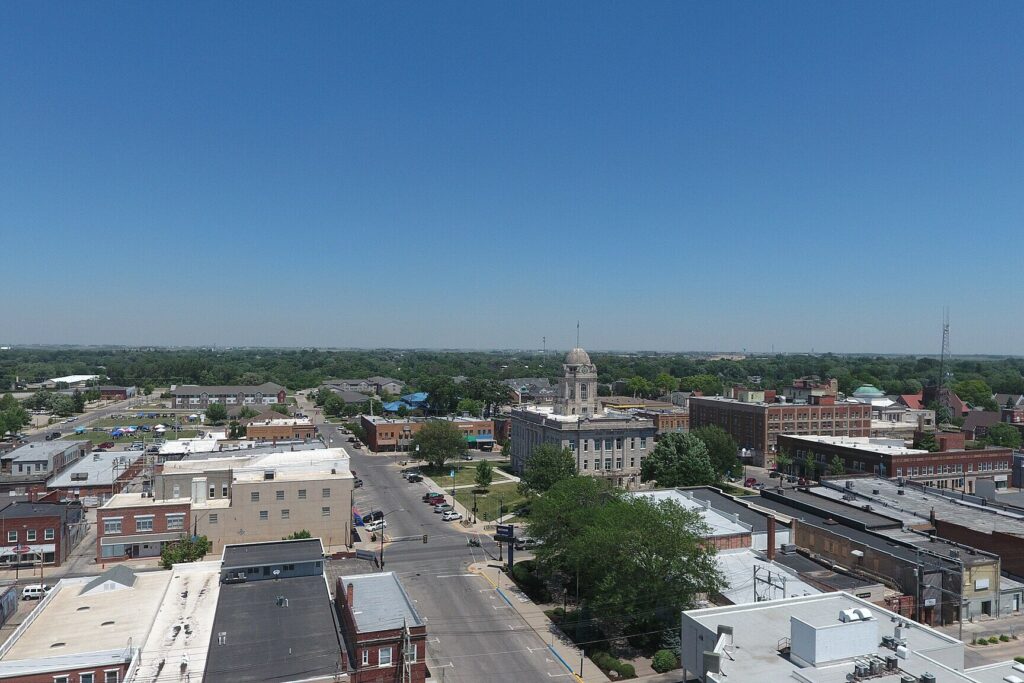
Iowa keeps its reputation for comfort and affordability strong in 2025. Housing prices remain around 25 percent below the national average, making homeownership attainable. Cities like Cedar Rapids and Davenport offer balance between community life and modern convenience. Groceries and transportation also sit comfortably within reach. For families and retirees, it’s an easy place to feel at home. Life here isn’t flashy but full of steady value that grows on you. Iowa continues to prove that choosing wisely doesn’t mean choosing less, and that’s a kind of wealth all on its own.
5. Alabama
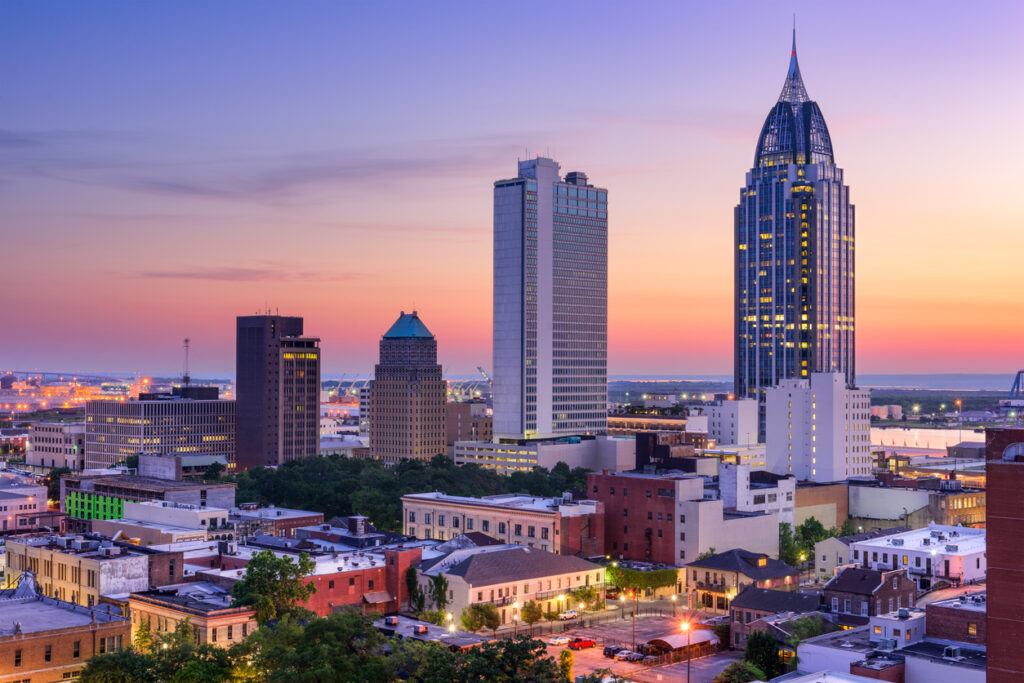
Alabama finds strength in its simplicity, offering low housing, modest healthcare costs, and light taxes that make daily life affordable. Smaller towns especially shine, providing genuine value and close-knit communities. It’s a state that stretches your budget while giving back with warmth and hospitality. Whether you’re starting out or settling down, Alabama lets you enjoy life’s basics without constant financial strain. There’s comfort in knowing that living well doesn’t have to mean living big. Here, balance feels attainable, and every paycheck carries a little more peace.
4. Missouri

Missouri climbs high on this list with the lowest transportation costs in the country and some of the most affordable housing around. Groceries and healthcare follow the same trend, helping families manage expenses without cutting back on comfort. Cities like Springfield and Joplin provide opportunity without the high price tag. The state’s mix of culture, access, and cost efficiency make it appealing for people from all walks of life. Missouri doesn’t try too hard, and that’s part of its charm. It simply delivers steady value, right in the heart of America.
3. Kansas
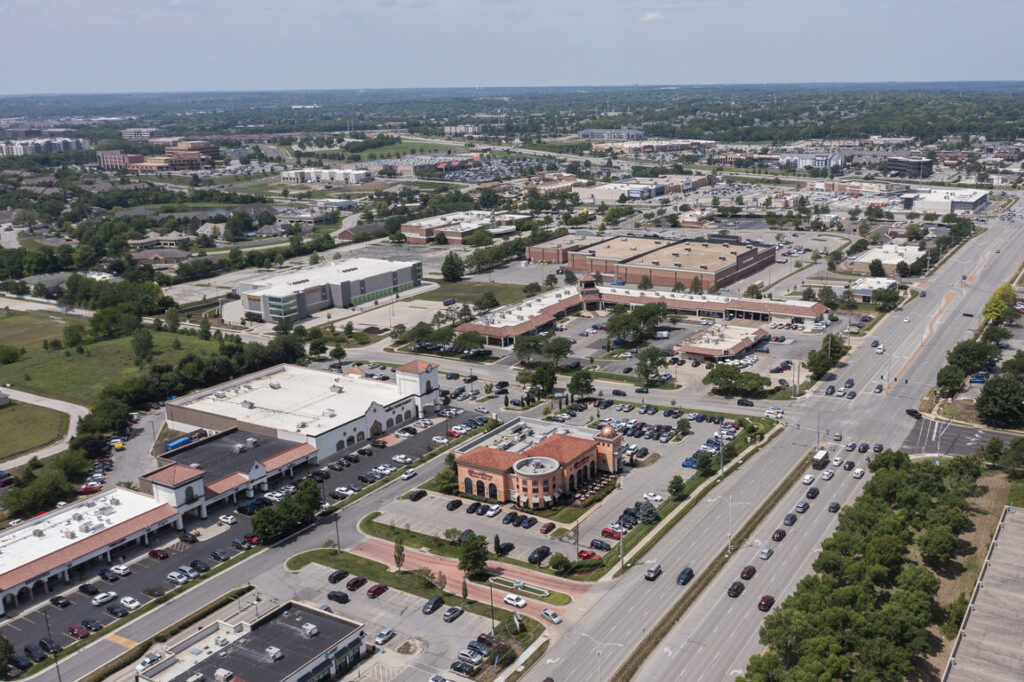
Kansas proudly takes third place with groceries priced among the lowest in the nation. Housing in many areas averages around $160,000, creating plenty of space for affordable homeownership. The quiet Midwest atmosphere pairs well with financial ease, making Kansas a standout for both families and retirees. Everything from healthcare to utilities fits neatly within a manageable budget. It’s a state that favors simplicity and rewards those who appreciate it. For anyone who values steady living over constant motion, Kansas offers comfort, stability, and savings that make everyday life feel lighter.
2. Oklahoma
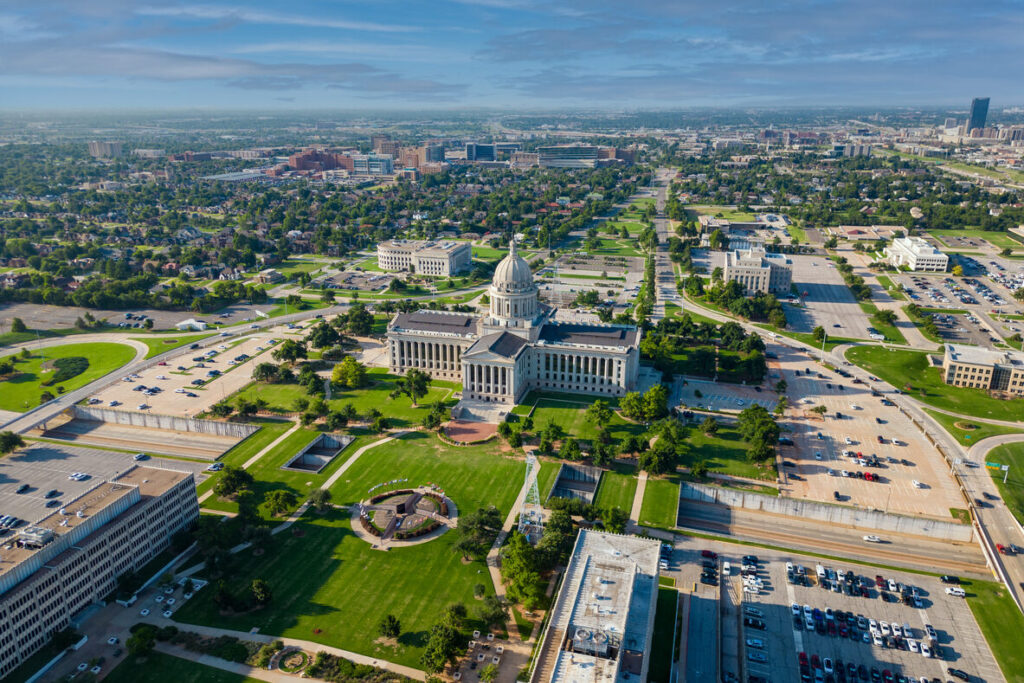
Oklahoma takes the second spot with housing prices about 31 percent below national averages. Even its larger cities like Tulsa and Oklahoma City maintain affordable living compared to similar metros nationwide. The cost of groceries, utilities, and transportation stays modest, leaving room for comfort without compromise. Communities here are strong and welcoming, built around simple living and shared values. Oklahoma’s affordability doesn’t mean giving up opportunity, and that balance keeps it near the top year after year. It’s where value meets possibility, and both live comfortably together.
1. Mississippi

Mississippi stands firm at number one for 2025, delivering the lowest overall cost of living in the country. Housing, groceries, and utilities are all impressively affordable, giving residents unmatched breathing room. Though wages tend to run lower, the tradeoff is a quality of life that doesn’t demand constant financial juggling. Mississippi embodies the idea that peace, community, and contentment can be found in simplicity. It closes our list as the best reminder that what truly counts in life isn’t how much you spend, but how comfortably you live.
This story The 38 Cheapest States to Live in 2025, Ranked was first published on Daily FETCH


